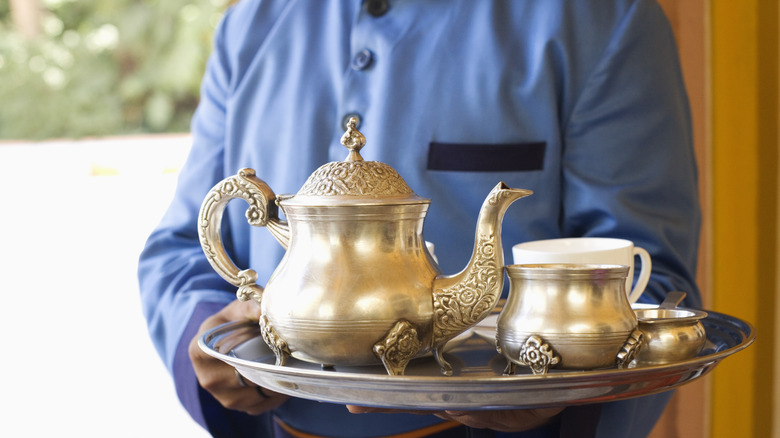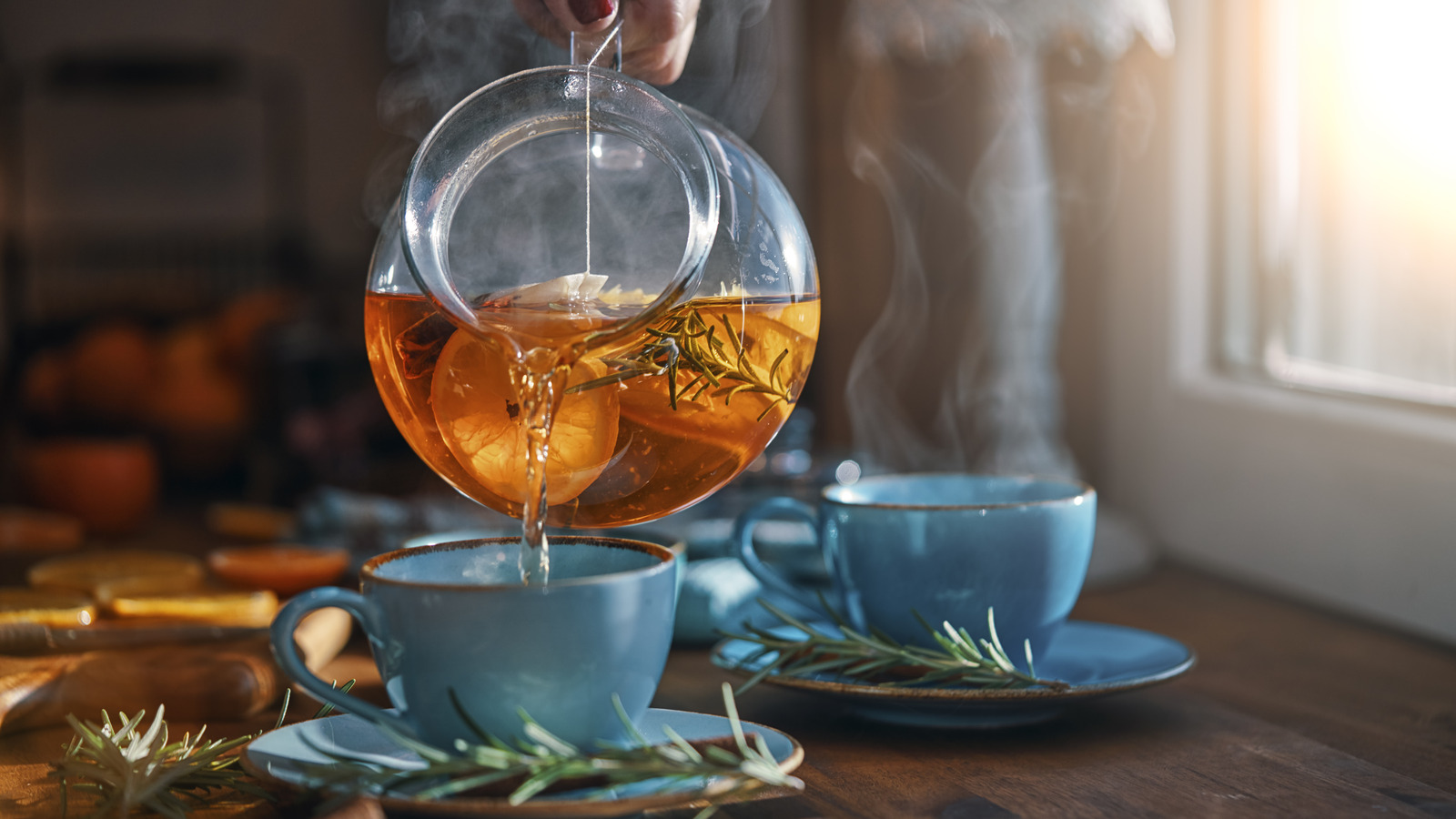Tea has a way of bringing people together. From the ritual of brewing to the comfort of sipping a warm cup, it’s a relaxing experience like no other. For many tea lovers, a great cuppa starts with high-quality leaves. While that is true, there’s another factor that plays a crucial role in the tea-drinking experience: the tea set. In particular, the material that makes up the tea set.
While you might be comfortable with what you currently consider your best pots and kettles, upgrading the set could elevate your tea’s flavor and aroma in ways you hadn’t imagined. When choosing the best materials for a tea set, you’ll want to avoid plastic and certain metals because they easily hold on to the taste and aroma of strong teas. As a result, when you brew your next cup of a different type of tea, you’ll get an unpleasant mix of flavors.
To brew the purest, clean tea, go for teapots made of non-porous materials like glass or vitrified porcelain since they won’t retain any flavors. That said, some tea sets are porous but also add body to your tea; we’re talking about clay teapots, especially those made from true Yixing clay. The earthenware absorbs some of the tea’s flavors over time and eventually creates a unique “seasoned” effect, which enhances the depth of flavor in future brews.
More reason to upgrade your tea set

Another important factor to consider when choosing your tea set is the material’s capacity to retain heat. The question is: Once you pour hot water into the brewing vessel, does it immediately lose heat and become cooler or does the pot maintain the water’s temperature for some time? What you pick largely depends on the type of tea you plan to brew in that pot.
For instance, teas that require steeping at a consistent temperature for a long time (e.g. black tea) will require a teapot that retains heat. In that case, porcelain, Yixing, or other ceramic pots are your best bets. Avoid metallic teapots since they retain heat for too long, risking over-steeping. Moreover, using metal has the likelihood of chemical leaching into the tea, resulting in unwanted metallic undertones that ruin your brew’s flavor.
On the flip side, if you’re looking for a tea set for your more delicate teas (e.g. green tea, which is a superfood), then glass is the better choice. Glass also allows you to see the brewing process, making it easier to not only monitor the tea’s strength but also enjoy the fascinating process of tea leaves unfurling as they steep.







